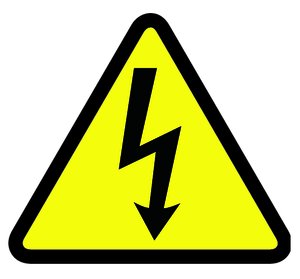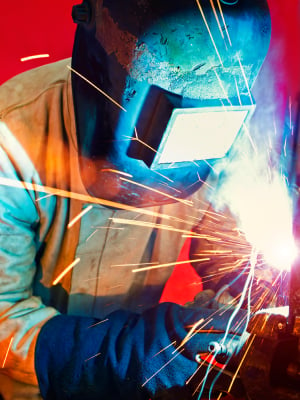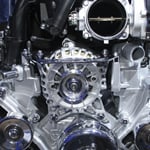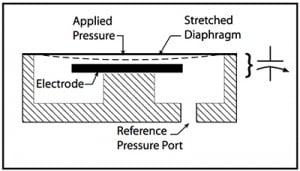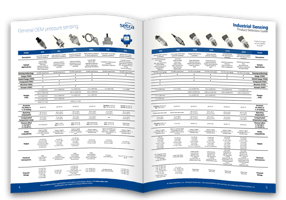Setra's NEW Industrial Catalog
The new 2014 Industrial Product Catalog is a comprehensive guide that contains the technical data sheets for products commonly used in Industrial applications.
- Section 1.1: General Purpose OEM
- Section 2.1: Test & Measurement
- Section 3.1: Sanitary Pressure
- Section 4.1: Accelerometer
- Section 5.1: Barometric Pressure
- Section 6.1: Very Low Differential Pressure
- Section 7.1: Power Monitoring





